

The Allure of the Powder Puff Plant: Beauty, Benefits, and Care
Introduction
Have you ever heard of the Powder Puff Plant? This captivating shrub catches the eye with its unique flowers and vibrant colors. It’s no wonder this plant is a favorite in many gardens. Not only does it enhance your garden’s beauty, but it also supports local ecosystems. In this section, we’ll discuss its care, uses, and positive environmental impact.
And speaking of beauty, if you’re looking to add some flair to your garden, check out these decorative plant pots that can really show off your new plants!
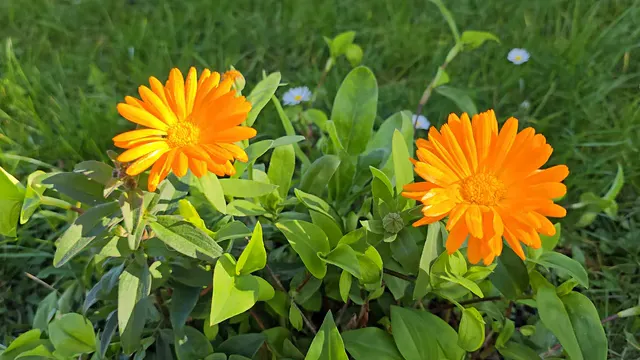
Summary and Overview
The Powder Puff Plant, scientifically known as Calliandra, includes various species like Calliandra surinamensis and Calliandra haematocephala. These beauties are commonly referred to as the Pink Powder-puff or Pink Tassel-flower. Native to tropical regions in Northern South America, this plant thrives in warm climates.
You can recognize the Powder Puff Plant by its lush, bipinnate leaves and delightful flowers. It typically grows as a shrub, reaching heights of around 5 to 6 meters. Its stunning blooms attract a variety of pollinators, making it a crucial part of any garden. The plant’s presence not only beautifies your space but also improves soil health, fostering a vibrant ecosystem.
The Powder Puff Plant is not just beautiful; it also plays a role in enhancing soil health. Learn more about improving soil health.

Characteristics of the Powder Puff Plant
Physical Description
The Powder Puff Plant is a sight to behold. It can grow anywhere from 3 to 6 feet tall, making it an excellent choice for adding structure to your garden. The leaves are divided into small leaflets, creating a feathery appearance. But it’s the flowers that truly steal the show.
These blooms come in shades of pink and white, resembling fluffy pom-poms. Each flower features long, protruding stamens that give it a unique, eye-catching look. The overall growth habit is bushy and compact, making it a popular choice for both borders and as a focal point in landscaping.
With its striking beauty and ecological benefits, the Powder Puff Plant is sure to make a delightful addition to any garden. Don’t forget to equip yourself with some gardening gloves to keep your hands protected while you dig in!

Growth Conditions
The Powder Puff Plant thrives in warm, sunny spots. Ideally, it requires full sun for at least six hours daily. While it can tolerate partial shade, too much will hinder its growth and flowering. A well-draining soil is crucial. A mix of loamy and sandy soil works best, allowing moisture retention without becoming waterlogged.
Watering should be moderate. The plant appreciates regular moisture but can also handle short dry spells. Overwatering can lead to root rot, so check the soil before watering. During its active growing season, keep the soil slightly moist.
Temperature is another important factor. The Powder Puff Plant enjoys temperatures between 65°F and 85°F. It can withstand brief dips below 50°F but is not frost-tolerant. In terms of humidity, it prefers moderate to high levels, commonly found in its native tropical habitat.
In its native regions of Northern South America, the Powder Puff Plant grows in consistently warm, humid environments. However, in cultivated settings, it can adapt to varying conditions. With proper care, you can enjoy this stunning plant in a range of climates. To monitor your soil conditions effectively, consider using a soil moisture meter.

Benefits of the Powder Puff Plant
Aesthetic Appeal
The Powder Puff Plant is a stunning addition to any garden. Its fluffy, vibrant flowers create a tropical feel, instantly brightening your landscape. You can find blooms in shades of pink and white, often resembling fluffy pom-poms.
These plants work well in various landscape designs. They can serve as focal points or be planted in clusters for dramatic effects. Consider pairing them with companion plants like hibiscus or lantana. This combination enhances color and texture, creating a vibrant garden display. To keep your plants healthy, you might want to invest in some high-quality organic fertilizer.
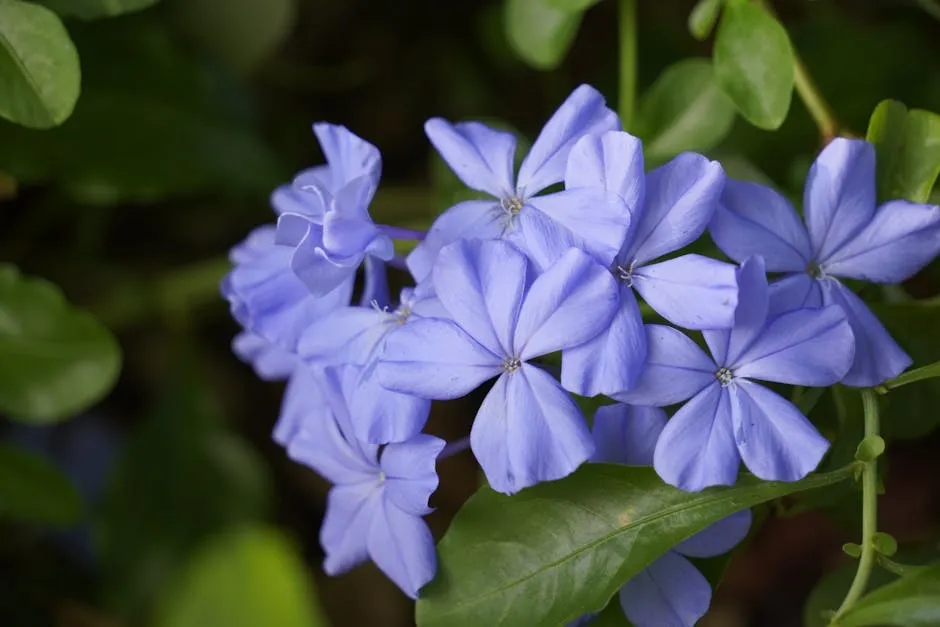
Environmental Impact
Beyond beauty, the Powder Puff Plant offers significant ecological benefits. It attracts a variety of pollinators, including bees and butterflies. These creatures play a crucial role in supporting biodiversity in your garden. To learn more about enhancing biodiversity, check out this article on how to enhance biodiversity in your garden for insect support.
The Powder Puff Plant is not only beautiful but also vital for biodiversity. Discover how to enhance biodiversity in your garden.
The plant’s extensive root system helps improve soil health. It prevents erosion and stabilizes the ground, making it ideal for garden beds and slopes. This contributes to a more resilient ecosystem. For those looking to manage weeds effectively, a weed barrier can be a fantastic addition to your garden toolkit.
Moreover, its dense foliage provides shade, creating cooler areas in your garden. This natural cooling effect is beneficial during hot summer days. By incorporating the Powder Puff Plant into your garden, you’re not only enhancing its beauty but also supporting the environment.
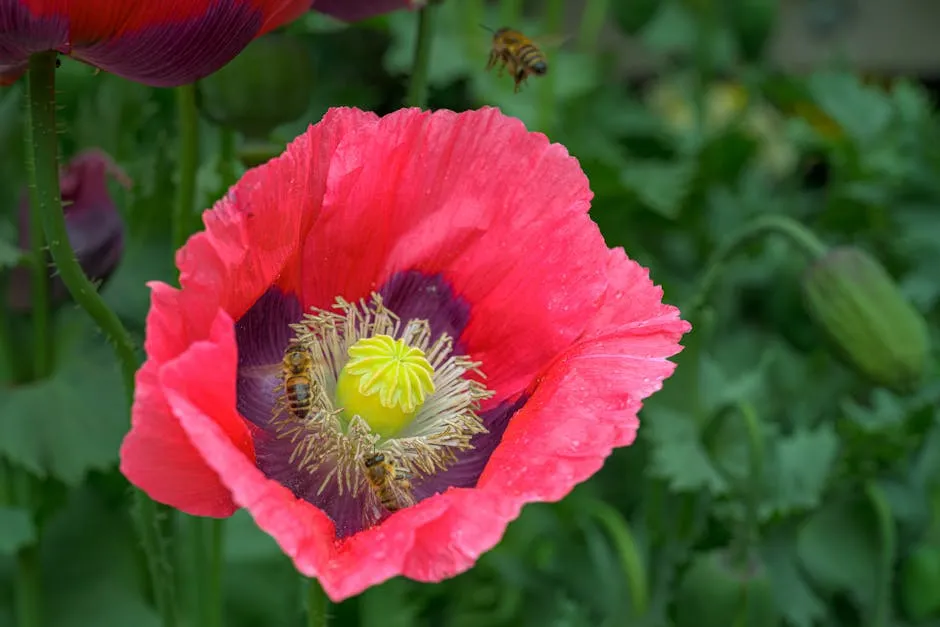
Medicinal and Traditional Uses
The Powder Puff Plant has a rich history in various cultures. Across South America, indigenous communities have used its leaves and bark for traditional remedies. For instance, they often make poultices to treat skin issues and inflammation. In parts of Asia, the plant is recognized for its potential to alleviate respiratory ailments.
Research indicates that the Powder Puff Plant may possess anti-fungal and anti-bacterial properties. Its extracts can be valuable in treating conditions like bronchitis and coughs. However, it’s crucial to approach these uses with caution. The plant contains toxic compounds that can be harmful if consumed improperly. Always consult a healthcare professional before using any plant for medicinal purposes.
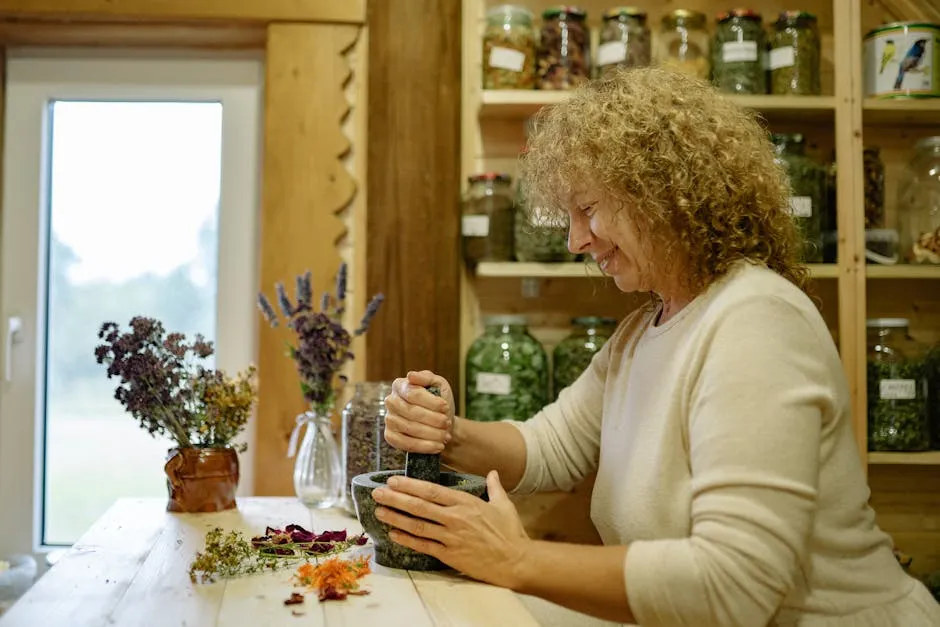
Care and Maintenance
Planting and Propagation
When planting the Powder Puff Plant, choose a sunny spot with well-draining soil. A mix of loamy and sandy soil works best. Ensure the location receives at least six hours of sunlight daily. For propagation, you can use seeds or stem cuttings.
To propagate from seeds, soak them for a day before planting. This helps with germination. If using cuttings, take healthy stems and place them in a moist potting mix. Both methods can be successful, making it easy for first-time growers to start their journey with this beautiful plant. And if you’re looking to get started right, a seed starting kit can be just what you need!
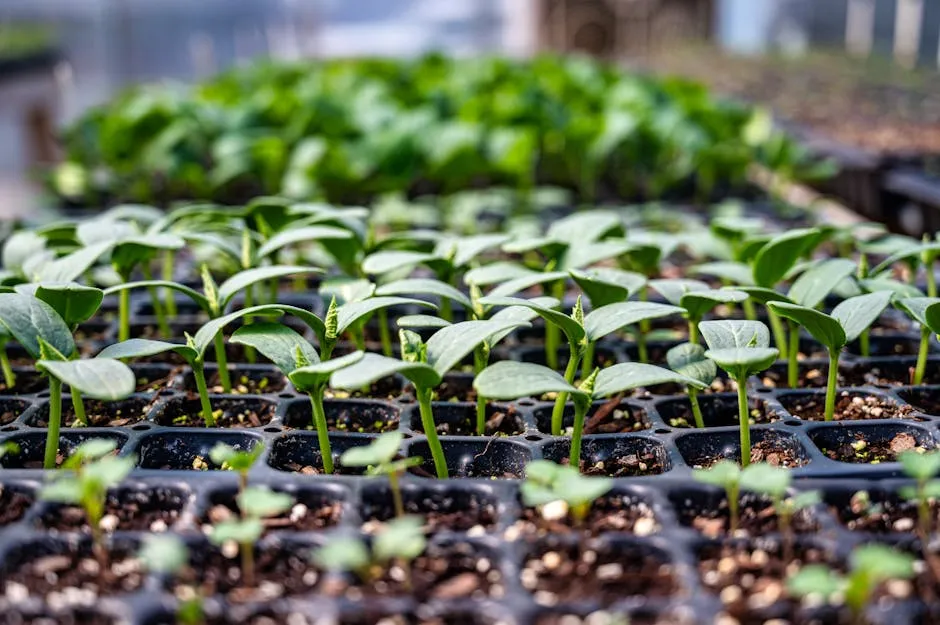
Watering and Fertilization
Establishing a watering schedule is vital. Water the Powder Puff Plant regularly during the growing season, keeping the soil slightly moist. In winter, reduce watering as the plant’s growth slows. Always check the soil moisture before watering to avoid overwatering.
Fertilization can enhance growth. Use a balanced, slow-release fertilizer in spring. This gives the plant the nutrients it needs to thrive. Organic fertilizers, like compost or fish emulsion, can also be beneficial. Adjust your approach based on the plant’s response to ensure it remains healthy and vibrant. For those who love to garden sustainably, consider using a compost bin to create your own organic fertilizer!
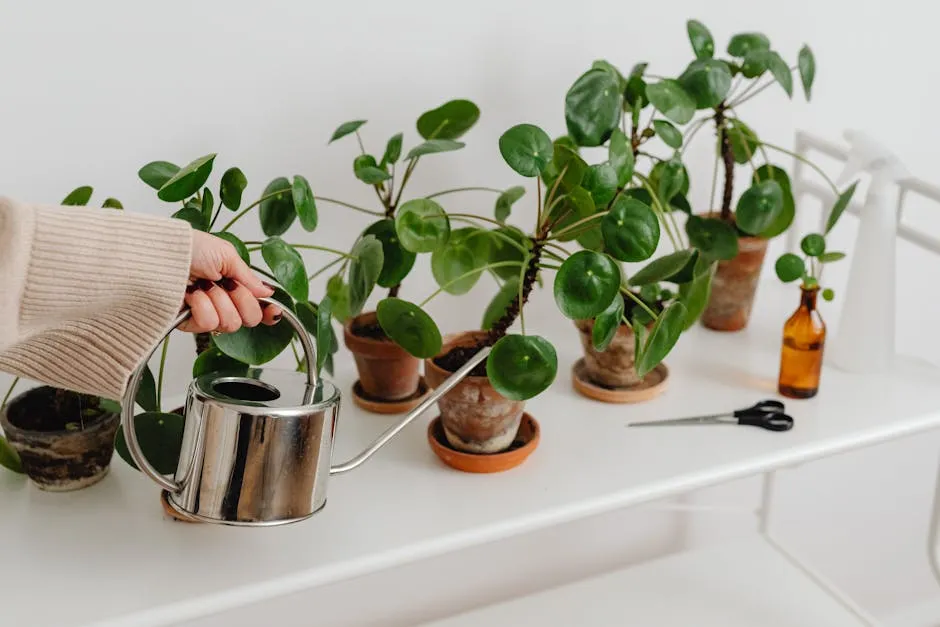
Pruning and Pests Management
Caring for your Powder Puff Plant is essential for its health. Regular pruning helps maintain its shape and encourages blooming. Aim to prune in early spring before new growth begins. Remove any dead or damaged branches. Trim back any excessively long stems to promote bushier growth. You can also shape the plant for a more rounded appearance, enhancing its visual appeal.
Watch for common pests like aphids and spider mites. These tiny invaders can sap your plant’s vitality. Use insecticidal soap or neem oil to manage infestations. Regularly inspect the undersides of leaves for these pests. Additionally, ensure proper air circulation around your plants. This can help prevent disease. Speaking of pest control, a good insecticidal soap can save the day!
Powder Puff Plants can be susceptible to root rot if overwatered. Always check the soil moisture before watering. If you notice yellowing leaves, this may indicate root issues. Adjust your watering schedule accordingly to keep your plant healthy.
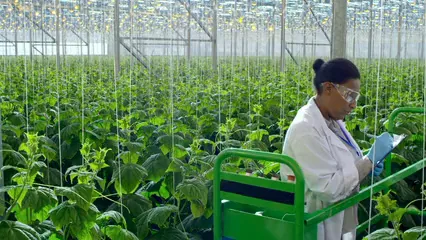
Landscaping Ideas with Powder Puff Plants
Garden Design Concepts
Incorporating Powder Puff Plants into your garden can elevate its style. For tropical gardens, plant these beauties in clusters to create a vibrant display. Their fluffy flowers add a playful element to the landscape. Pair them with other tropical plants like hibiscus and ferns for a lush look.
For modern gardens, consider using Powder Puff Plants as focal points. Their unique blooms can stand out against minimalist designs. You might place them in decorative pots or along pathways. This creates visual interest without overwhelming the space. If you’re looking for the perfect garden trowel set to help with planting, look no further!
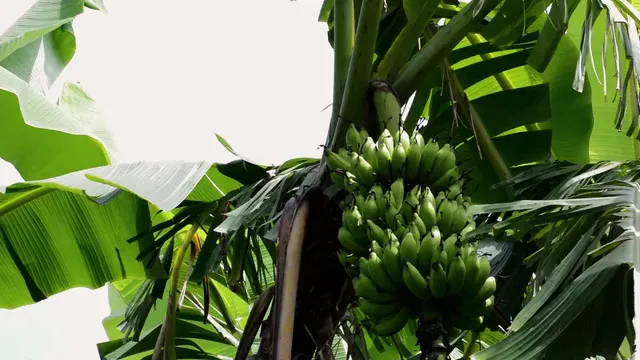
Seasonal Interest
The Powder Puff Plant offers seasonal charm throughout the year. In spring, its vibrant blooms burst into color, attracting pollinators. Their fluffy flowers provide a delightful spectacle, drawing bees and butterflies to your garden.
As summer approaches, the plant continues to thrive. Regular pruning encourages new growth, ensuring a steady display of flowers. During fall, leaves may change color, adding another layer of interest. Be sure to maintain your plant during this time to keep it healthy.
In winter, while the plant may become dormant, its structure remains appealing. You can maintain visual interest by planting evergreen companions nearby. Consider using mulch or ornamental stones around the base for added texture. This will keep your garden looking well-maintained even in the colder months. To make your garden more functional, a garden cart can be invaluable!
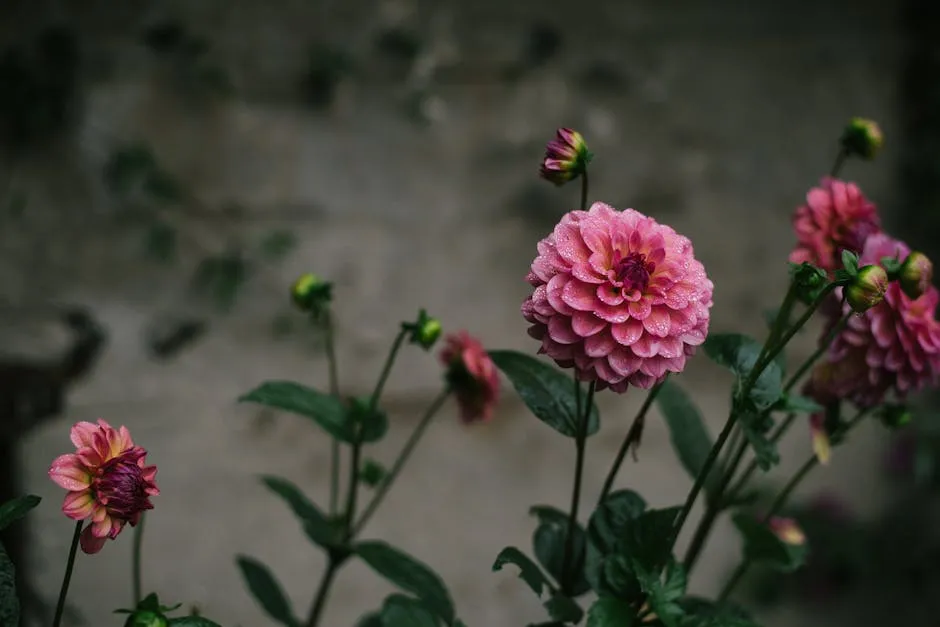
With proper care and thoughtful design, your Powder Puff Plant can shine in every season.
Conclusion
The Powder Puff Plant, or Calliandra, showcases eye-catching flowers and lush foliage. Its vibrant blooms not only enhance your garden’s beauty but also attract beneficial pollinators. This versatile plant thrives in warm climates and adapts well to various conditions, making it an ideal choice for any gardener.
Consider adding the Powder Puff Plant to your garden. It offers aesthetic appeal and environmental benefits. By attracting bees and butterflies, it supports local ecosystems. Plus, its low maintenance needs make it perfect for busy individuals. To make your gardening easier, don’t forget to get a watering can with a long spout to help reach those tricky spots!
To fully enjoy the advantages of this lovely plant, follow best practices for care. Ensure it receives adequate sunlight and water. Regular pruning will encourage growth and vibrant blooms. With the right attention, your Powder Puff Plant will flourish for years to come.
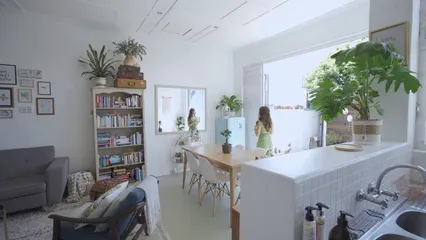
FAQs
What is the Powder Puff Plant?
The Powder Puff Plant, known as Calliandra, features fluffy flowers and lush, bipinnate leaves. Common names include Pink Powder-puff and Pink Tassel-flower.
How do I care for a Powder Puff Plant?
This plant prefers full sun and well-draining soil. Water moderately, allowing the soil to dry slightly between waterings.
Is the Powder Puff Plant toxic?
Yes, it can be toxic to humans and pets if ingested. Take care to keep it out of reach of curious animals and children.
What are the benefits of having a Powder Puff Plant in my garden?
It enhances aesthetics, attracts pollinators, and supports biodiversity. Its flowers add color, while its roots improve soil health.
Can I grow Powder Puff Plants indoors?
Yes, but they need bright light and humidity. Place them near a sunny window and maintain consistent moisture.
How do I propagate a Powder Puff Plant?
You can propagate it from seeds or stem cuttings. Soak seeds before planting or take healthy cuttings and place them in moist soil.
What pests should I watch for?
Common pests include aphids and spider mites. Use insecticidal soap or neem oil to manage these pests effectively.
Please let us know what you think about our content by leaving a comment down below!
Thank you for reading till here 🙂
All images from Pexels



